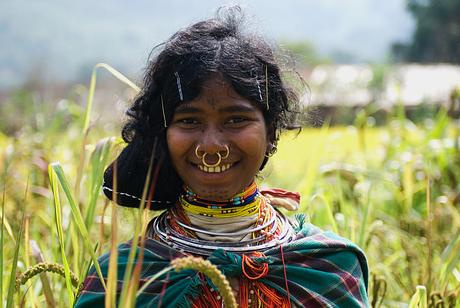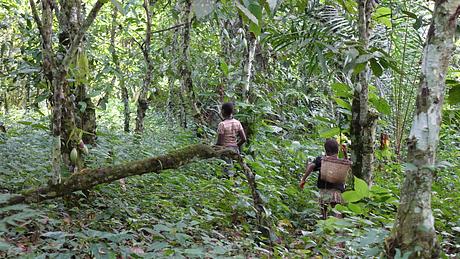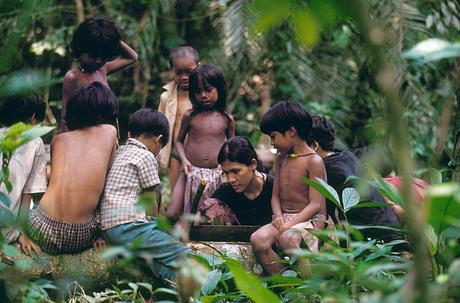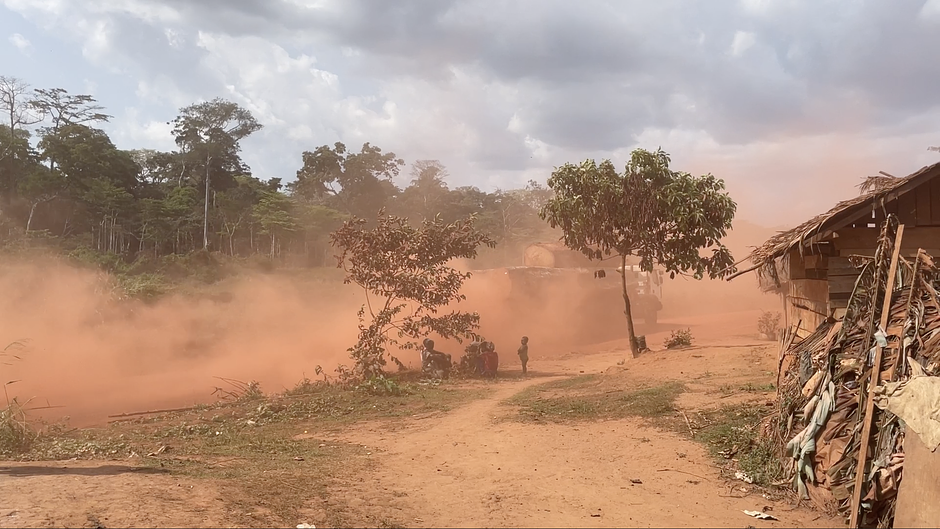10 reasons why Indigenous and tribal peoples are the world's best conservationists

We are Survival International, the global movement for tribal peoples.

Dongria Kondh woman picking millet in Niyamgiri, India
- They are experts in animal behavior
The Baka people of central Africa have more than 15 different words for “elephant” depending on the animal’s age, sex and temperament. They believe their ancestors walk with the animals through the forest. - They are world-class botanists
The Yanomami use approximately 500 different species of plants on a daily basis. They know which plants to use to build houses, to make tools and weapons, for fuel, for lashing and tying, for basketry, for making temporary hammocks, for dyes, poisons, medicines, body paints, perfumes, hallucinogenic drugs… and more! Yanomami women and children rest in a forest garden, Brazil. The Yanomami grow around 60 crops in these gardens, which account for 80% of their food supply.
Yanomami women and children rest in a forest garden, Brazil. The Yanomami grow around 60 crops in these gardens, which account for 80% of their food supply. - They manage their resources sustainably
The Jumma peoples of Bangladesh allow their land to recover by ‘shifting cultivation’; growing food in small parts of their territory, before moving on to another area. They put a mix of seeds in each hole for different crops in different seasons. - They can accurately “read” their environment
Their understanding of the environment & ability to interpret natural phenomena saved the tribal peoples of the Andaman Islands from the devastation of the 2004 Asian Tsunami. They knew what the signs meant and fled to high ground. - They are the eyes and ears of the forest
“We know when and where the poachers are in the forest, but no one will listen to us,” a Baka man told us. Even though tribal people know their land and its wildlife better than anyone else, they are excluded from mainstream conservation. Click here to find out how you can help make their voices heard. Baka children in the forest, Republic of Congo
Baka children in the forest, Republic of Congo - They see conservation as a personal responsibility
Unlike us, the Arhuaco people of Colombia’s Sierra Nevada take great responsibility for the wellbeing of the planet, seeing it as their job to keep Mother Earth in harmony. They see droughts and famines as a consequence of human failure to keep the world in balance. - Their connection to their land is part of their identity
India’s Niyamgiri Hills soak up the monsoon’s rain, giving rise to more than a hundred perennial streams and rivers, including the Vamshadhara river. The Dongria Kondh tribe who inhabit this lush landscape call themselves “Jharnia”, meaning Protector of Streams. - They see animals as their kin
When they harvest honey from high in the trees, the Soliga people take some for themselves and leave some near the ground for tigers, who they consider family, because tigers cannot climb the trees and harvest honey for themselves. © Aulia ErlanggaOrang Rimba children learning with Sokola Rimba (The Jungle School), Indonesia
© Aulia ErlanggaOrang Rimba children learning with Sokola Rimba (The Jungle School), Indonesia - Caring for nature is central to their cultures and ways of life
When a child is born to the Orang Rimba tribe of Indonesia, the umbilical cord is planted under a Sentubung tree. The child has a sacred bond with that tree for the rest of their life, and for the Orang Rimba, cutting down a “birth tree” is equivalent to murder. - Securing Indigenous land rights protects forest ecosystems
Evidence shows that the best barrier to deforestation in the Amazon is protecting the territories of uncontacted tribes. There are around 100 uncontacted tribes living in this rainforest and, as hunter-gatherers, they’re uniquely in tune with their environment and have vast botanical and zoological expertise. We urgently need your help to defend the lives and lands of uncontacted tribes in Brazil.
80% of Earth’s biodiversity is in tribal territories and when Indigenous peoples have secure rights over their land, they achieve at least equal if not better conservation results at a fraction of the cost.
 © Google Earth
© Google EarthAs satellite imagery shows, indigenous reserves are the main barrier to Amazon deforestation in Brazil.





